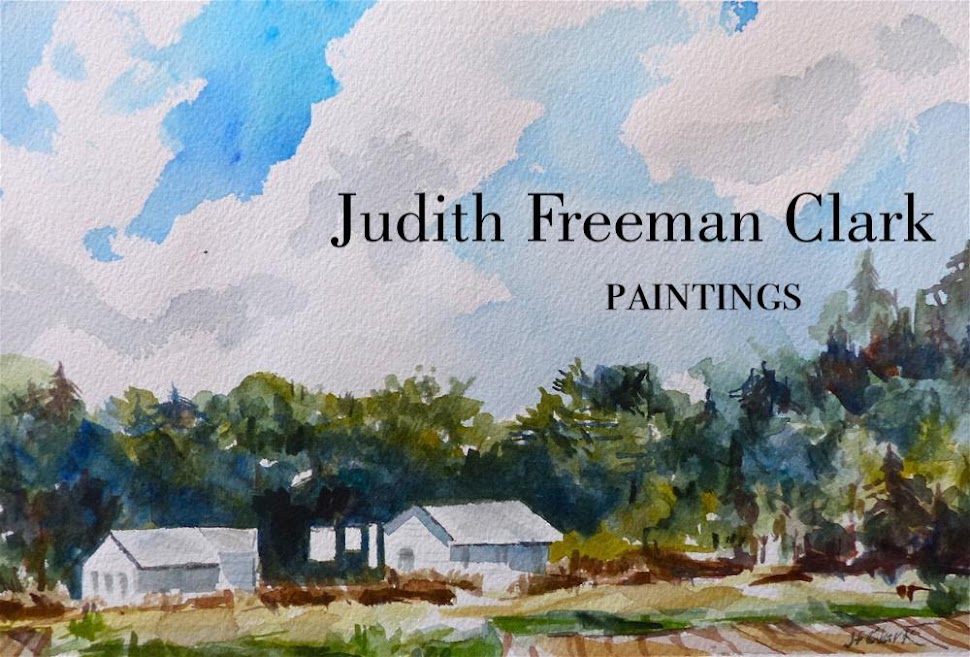 |
| "A Sunflower for Jane" SOLD |
 |
| Reference photo, 6/2013 |
 |
| Reference photo, 12/2012 |
 |
| "Winter Day Dinner" Available for purchase http://www.dailypaintworks.com/artists/judith-freeman-clark-4409/artwork |
 |
| Reference photo, 8/2012 |
 |
| "White Hibiscus" SOLD |
 |
| Reference photo, 9/2012 |
 |
| "Patience I" SOLD |
I remember that such copying sessions were part of our assigned 'homework' by my instructors at the Vesper George School of Art in Boston. Yet even as we copied, we labored under certain guidelines –– chiefly, never, ever copy someone else's work and pass it off as your creation. U.S. copyright law is clear on this topic:
"Copyright, a form of intellectual property law, protects original works of authorship including literary, dramatic, musical, and artistic works, such as poetry, novels, movies, songs, computer software, and architecture. Copyright does not protect facts, ideas, systems, or methods of operation, although it may protect the way these things are expressed."
http://www.copyright.gov/help/faq/faq-protect.html
For this reason, I'm taken aback when I see that an artist has reproduced, almost stroke-for-stroke, another artist's painting. It's fine to practice by making copies. It's a good way to learn new techniques, how to mix colors, etc. But what we paint in our studio is not always worthy of being sold (for lots of reasons...).
I display and sell my paintings in a professionally managed, online gallery. Recently I saw that a painting of mine had been copied so closely that it seemed inappropriate to have been passed off as someone else's. I've also seen other artists' work copied and being sold by a third-party 'artist.' Although intent is often difficult to document, in cases like this I disagree with the sentiment "...imitation is the sincerest form of flattery."
Those who exhibit or sell their work to the public are remiss in doing so when theirs is a near-copy of another artist's creation. Reference photos deserve similar consideration. As a studio artist, I was instructed long ago only to work from reference photographs that I have taken if I plan to exhibit or sell my painting. Photographers are sensitive about their work being copied without permission, just as most painters are.
Perhaps I sound cranky –– but I am not alone. Similar comments about 'creative plagiarism' appear on other painters' blogs and websites, and I've had conversations about this with other painters. We all agree: no one likes a copy-cat.

No comments:
Post a Comment